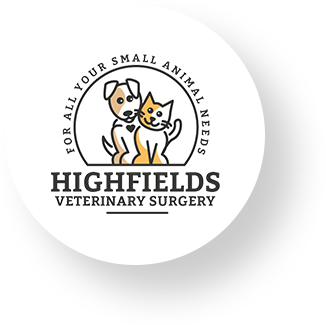Caring for Your Dog's Teeth: Dental Care Tips
Poor dental hygiene and Dental Disease are common in dogs. So much so that around 80% of dogs have either experienced them by the age of three.
Your dog’s teeth
Once fully grown, a dog’s mouth is made up of an average of 42 teeth. These teeth include:
Incisors
Canines
Premolars and molars
Unlike herbivorous teeth, your dog’s carnivorous teeth are high-crowned and pointed and designed to cut, pull, and break apart food.
But, while your pet’s teeth are built strong, they are susceptible to a wide range of dental problems without proper care.
Problems that can affect your dog’s teeth
Dogs can be affected by numerous dental problems similar to those found in us humans. As well as developmental abnormalities and genetic dispositions, without proper dental care, a dog may be susceptible to:
gum disease
gingivitis
endodontic disease
tooth decay
dental disease (periodontal disease)
Left untreated, many of these conditions can worsen without intervention through home cleaning and veterinary assistance.
Symptoms of dental problems in dogs
The majority of dogs will not complain or show visible signs of discomfort until problems have further developed. Because of that, it’s important to remain vigilant with your pet and routinely check for dental problems.
Common symptoms of dental disease and similar problems in dogs include:
reluctance or inability to chew or eat hard foods or treats
excessive or unusual drooling
bleeding gums or unusual discharge from the mouth
a tendency to use only one side of the mouth
discolouration of the gums
discolouration of teeth
bad breath and unusual odours
Causes of dental problems for dogs
Breed or genetics
Certain breeds of dogs are more likely to be affected by periodontal disease or other dental problems. This is usually due to the shape of their mouth or jaw; for instance, brachycephalic breeds like pugs.
Some breeds of dogs that are more predisposed to dental problems include:
Pugs
Yorkshire Terriers
Greyhounds
Chihuahuas
Dachshunds
Shih Tzu’s
Poodles
Bulldog’s
Regardless of the breed of dog, pet owners should routinely check for symptoms and care for their pet’s teeth.
Poor oral hygiene or buildup of plaque and tartar
Problems like dental disease begin when bacteria in a dog’s mouth begin to stick to teeth in the form of plaque. This bacteria could come from food, the environment, or other animals, as well as:
lack of dental care
continued play with unclean toys (at home or shared with other pets)
poor grooming habits (excessive licking at the body)
Without intervention and routine care, this plaque can harden into tartar and become firmly attached to teeth, and lead to problems like periodontal disease (dental disease), which, in addition to causing pain and further oral issues in dogs, can also affect a dog’s kidney, liver, and heart.
How to care for your dog’s teeth
How to care for your dog’s teeth
A healthy diet
There is conflicting evidence online on dry food versus wet food and what’s best for your dog’s teeth, but, the most important thing pet owners should practice is a balanced diet and continued oral care.
Typically, the foods that are best for canine teeth are those that will engage their jaw and leave little debris leftover. Some foods that are great for your dog’s teeth in moderation include:
carrots
celery
uncooked bones
dried meats
Chew toys may also work well to keep your pet’s teeth strong and healthy in between meals.
Routine care and teeth cleaning
Steps to brush your dog’s teeth:
Acquire a veterinary-approved dental cleaning gel or paste and toothbrush or gauze, then, choose a quiet, safe space and wait for your pet to be calm and relaxed.
Hold your pet steady; if they’re large, you can sit beside them in a chair, and if they’re small, you can hold them secure on your lap.
Gently start introducing them to the cleaning utensil by letting them smell it and get used to having it near their mouth.
Add your veterinary-prescribed cleaning product to the toothbrush and begin softly brushing– continuing for up to two minutes.
Tips to brush your dog’s teeth
If your pet is uncomfortable having its teeth brushed, try starting slow and for shorter amounts of time, gradually increasing the duration as they become more comfortable.
You can familiarise your pet with the flavour of the cleaning solution by adding a bit to their mouth before trying to brush their teeth with it.
Similar to toothpaste for humans, many dental health products for dogs work best in gaps between meals. Remember to brush your pet’s teeth a while after they have eaten and not too soon before they will eat their next meal– a good time is before bed at night and before work in the morning.
Associate having their teeth cleaned with positive reinforcement.
Regular check-ups and dental cleaning
Along with regular care at home, the best way to ensure your pet’s oral hygiene and dental health is with regular, routine check-ups at your local vet.
Highfields Vet Surgery veterinarians inspect your dog’s teeth with every general check-up and can look for the early warning signs of dental disease and other dental issues.
Contact our friendly team to make a booking at our clinic at (07) 4630 8399.
Alternatively, you can make a booking online to request an appointment.


